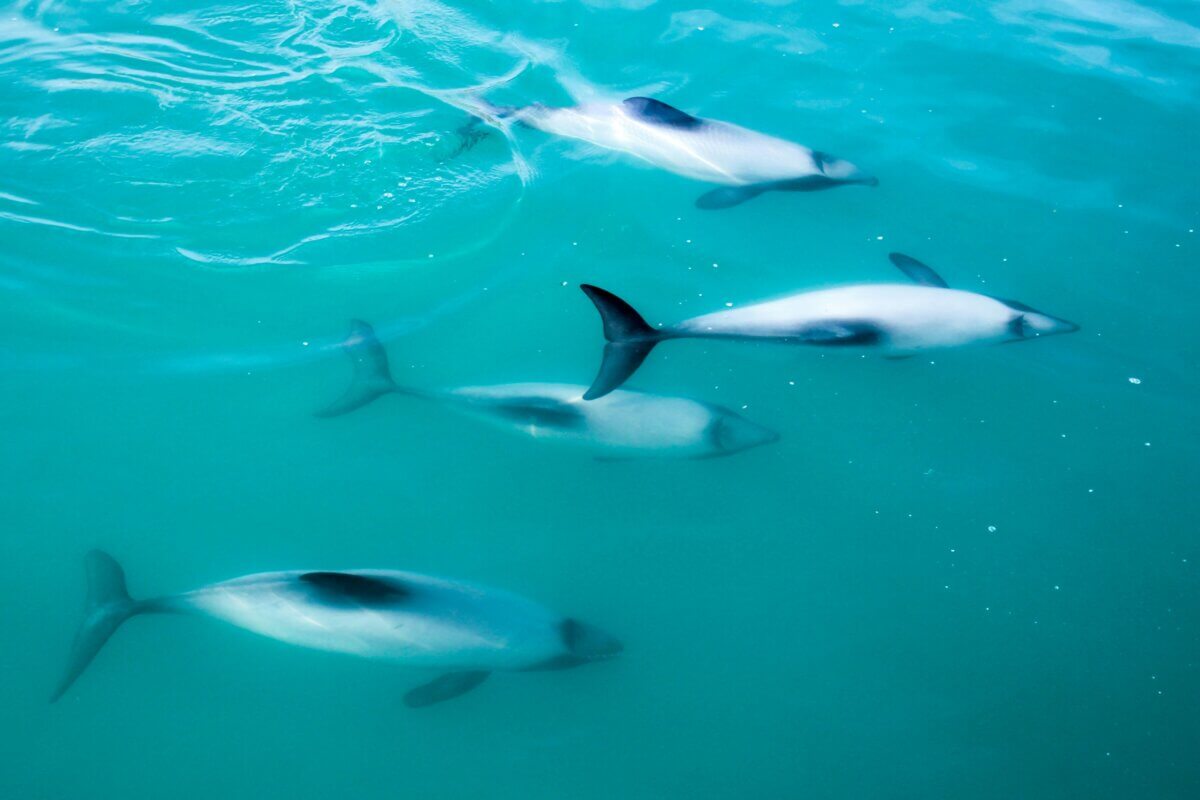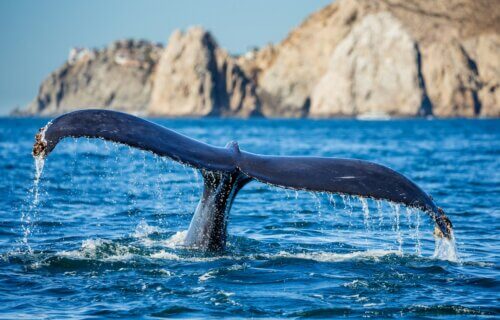Written by Elliot Doornbos and John Whitehead, Nottingham Trent University
Whales and dolphins have been officially recognized as “legal persons” in a new treaty formed by Pacific Indigenous leaders from the Cook Islands, French Polynesia, Aotearoa (New Zealand) and Tonga.
He Whakaputanga Moana, a treaty that translates as the ocean declaration of Māori, promotes the protection and survival of these animals in an holistic way, according to Mere Takoko, vice president of environmental organization Conservation International Aotearoa. But alone, this treaty won’t stop illegal or harmful activity against cetaceans (whales and dolphins).
When the Whanganui river in Aotearoa was granted status as a living person, personhood meant that “the law now sees no differentiation between harming the tribe or harming the river because they are one and the same”. If He Whakaputanga Moana takes a similar approach, Pacific nations could enforce harsh penalties against violators in accordance with their local criminal or customary justice practices. But the extent of these protections, and potential punishments when those are violated, are unclear.
Many whale and dolphin populations either reside in the waters of the Pacific islands for parts of the year or migrate through them. These include endangered blue whales, sperm whales (which are listed as vulnerable) and endangered Hector’s dolphins.
Cetaceans (the family that includes whales and dolphins) face various direct and indirect threats as a result of human action. Historically, commercial whaling led to large population declines. That has been banned by the International Whaling Commission since 1986, although whaling still continues in some regions.
Today, noise pollution, fishing practices, seabed mining practices and climate change have all been linked to species harm and decline.
Ship strikes are recognized as one of the leading causes of whale mortality. Assigning whales and dolphins the status of personhood could lead to wider mitigating measures being implemented, such as alternative shipping routes and speed reductions and hopefully preventing at least some human-induced cetacean deaths.
Indigenous justice
Given the importance of whales and dolphins to many Pacific communities, spiritualities, and customs, this treaty is another watershed moment for Indigenous self-determination. Indigenous voices and actors are beginning to retake control of their lands and waters, and as tikanga Māori (Māori customary law) holds increasing weight in Aotearoa’s general legal system, this treaty could mark a shift in Pacific environmental policy.
Aotearoa currently has a conservative government which has historically been hostile towards Indigenous rights. Enforcement may be more likely in other smaller Pacific island nations that typically have more robust Indigenous governance structures and legal frameworks. Nonetheless, if the people of Aotearoa elect a more sympathetic government, or if pressure from other regional leaders increases, there may be greater and more meaningful enforcement of the treaty.

The treaty may also be criticized by western institutions and governments that have historically been resistant to environmental rights. Moreover, some organizations may argue that this treaty is economically punitive or unenforceable. But this shift to personhood represents one of the first contemporary examples of transnational Indigenous governance as a tool to create species justice.
Species rights
Since the 1960s, there has been an increase in both legal and academic discussions regarding the rights of animals.
In 2010, the declaration of rights for cetaceans asserted that whales and dolphins should not be held in captivity, while in 2013, India declared dolphins as non-human persons to prevent their import and use for commercial entertainment, in aquatic parks for example.
This created a new set of rights for dolphins – it’s not as broad a set of rights as it is for humans, and didn’t relate to all cetaceans. By contrast, the new Pacific treaty provides explicit and more comprehensive rights to many cetaceans in the Pacific, which will create greater protections for cetaceans used in entertainment.
He Whakaputanga Moana provides transnational protection (beyond one country) to whales and dolphins – that’s a significant jump in scope from India’s declaration. This transnational focus provides greater protection against crimes that harm cetaceans, as it engages with multiple criminal justice systems, which creates multiple points for enforcement.
Despite these previous positive steps, there is still no international set standard of animal rights. Historically, there have been attempts at establishing animal rights such as the universal declaration of animal rights at Unesco in 1978. A lack of political will and disagreements about what these rights would look like for each species have both resulted in the process being hindered.
Without this global standard, countries have different policies in place which can significantly vary in terms of the degree of protection for marine wildlife. This, alongside the migratory nature of cetaceans, poses further risk to conservation efforts. Long-distance migrations may expose them to threats from other jurisdictions they pass through. These may have less protections than those within the Pacific Islands jurisdiction and as such make the protection of cetaceans overall challenging.
One in five species covered by the UN’s convention of migratory species are threatened with extinction. Cetacean protections require international cooperation and enforcement to address these global threats.
It’s unclear how effective this change will be amongst all Indigenous groups and communities because cetacean hunting is a significant cultural practice for some, both as a ritual activity and a source of sustenance. It is unlikely this treaty will curtail their historic customs.
Any step towards improving animal welfare and recognizing Indigenous justice should be welcomed. And the recognition of cetacean personhood is a critical step forward for both Indigenous justice and species rights. It highlights the vital role that Indigenous communities play in creating environmental justice and protecting creatures central to their historic cultural beliefs.
Global organizations and governments should view this treaty as an opportunity to bolster the protection of aquatic life, demonstrate their respect for Indigenous voices and throw their support behind it. But unfortunately, Indigenous voices are often excluded from environmental debates, and there’s a risk that this treaty may be ignored by some institutions.
Nonetheless, the signing of this treaty is a positive step forward. It highlights the wider issues faced by cetaceans, while also creating a space for greater species and social justice.
Elliot Doornbos is a Senior Lecturer of Criminology and John Whitehead is a Senior Lecturer in Criminology, both a Nottingham Trent University
This article is republished from The Conversation under a Creative Commons license. Read the original article.
